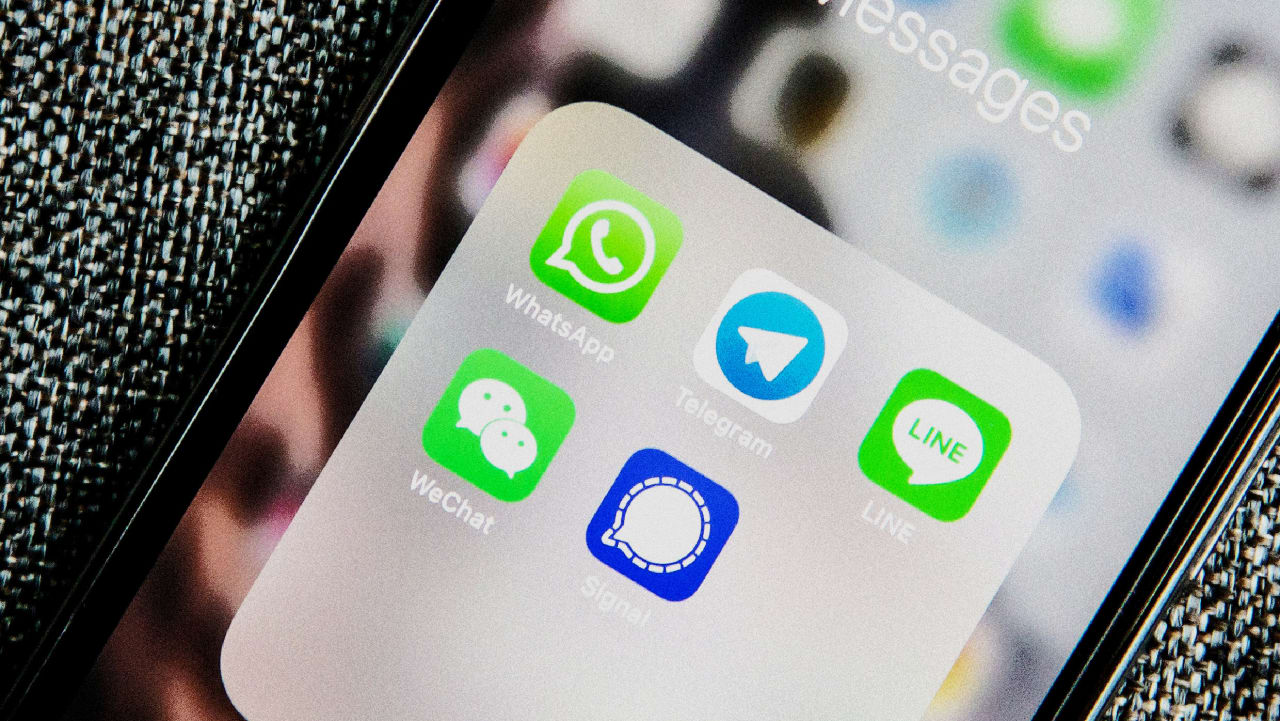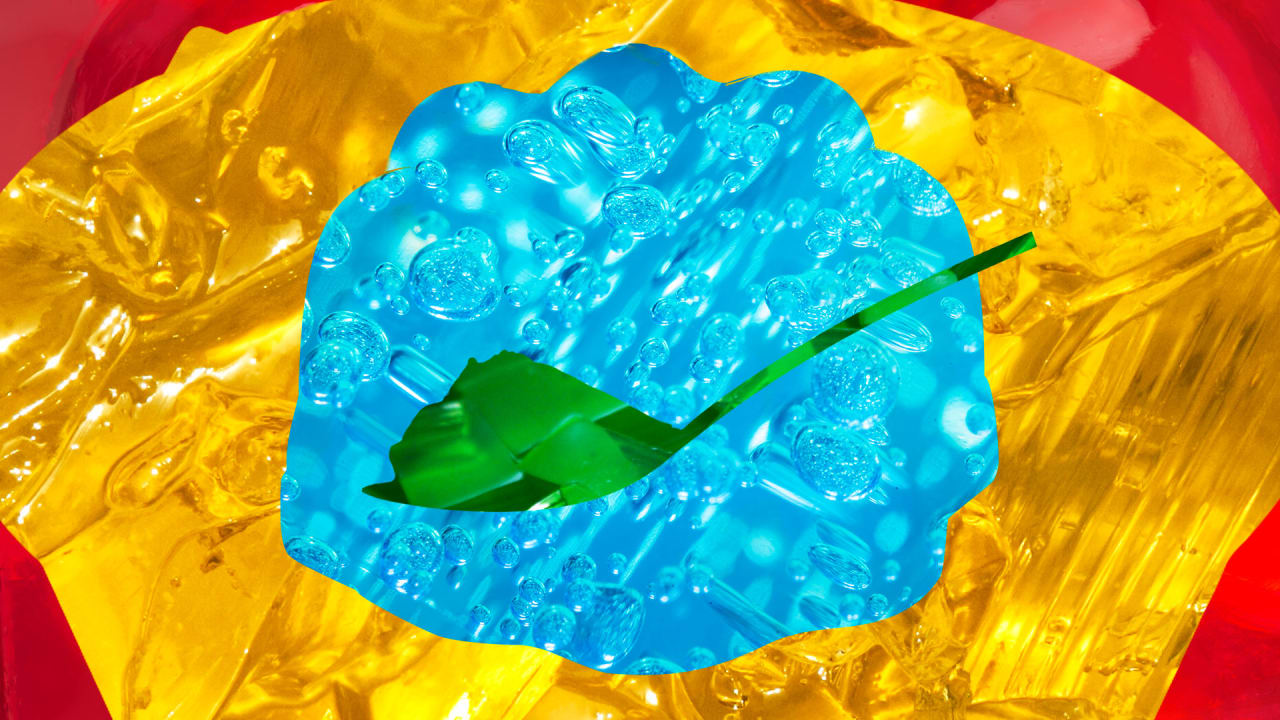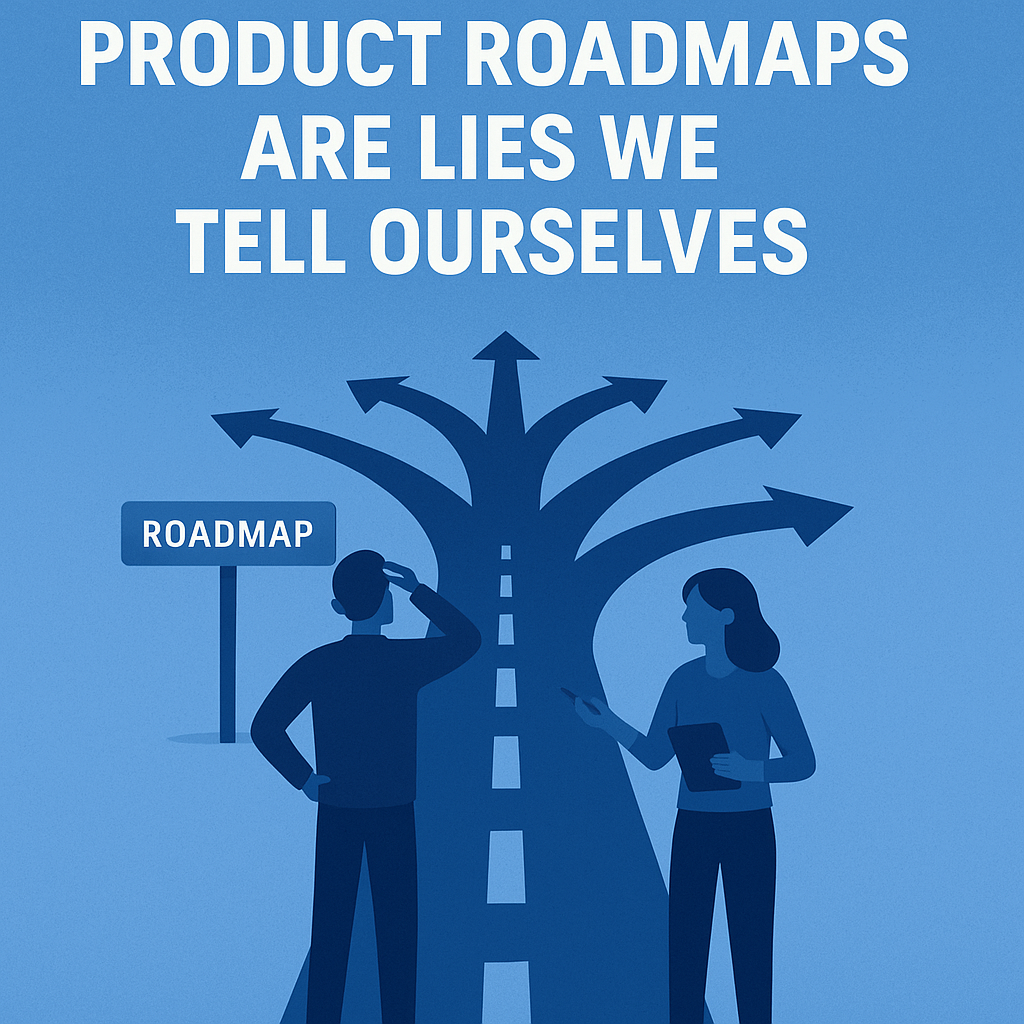Are 8K TVs Worth It in 2025?
8K televisions can be stunning, but they are currently more of a novelty than a must.

We may earn a commission from links on this page.
Buying a television in 2025 is a surprisingly complicated experience. The sheer number of models combined with the various ways companies describe similar technologies (OLED versus QLED, microLED versus miniLED) is enough to make your head spin.
One of the most important decisions you'll likely make regarding a television is the image quality. Right now, that means choosing between 4K and 8K. The former is the not-so-old standard (if you buy physical media, 4K Blu-rays are about the best you can do), while 8K is the latest major—and expensive—upgrade. But it worth it to get an 8K television in 2025? In limited cases, yes, but for most people, you'll be better served with a 4k television.
What does 8K even mean when it comes to televisions?
Like your computer screen, your television is made up of pixels. The more pixels on the screen, the more detail you see. In the last 15 years, televisions have gone from fairly low resolution standards—480p (640 x 480 pixels), to 720p (1280 x 720 pixels), to 1080p (1920 x 1080 pixels). In newer sets, the resolution jumped to 4K, which is 3840 x 2160 pixels, while 8K is 7680 x 4320 pixels.
However, that pixel count doesn't change based on the size of the television. So, if you can imagine it, a 100-inch tv in 4K will have less detail than a 50 inch tv in 4k, because there are more pixels packed into a smaller space for the 50-inch tv.
The content supplied to your screen—whether that's a video game, a streaming show, or a Blu-ray movie—is also supplied at a specific resolution, and it may be less or more than your TV can theoretically handle. If your video game is provided at 4k resolution but your television only provides 1080p, you'll see the content at the lower resolution.
When you watch content with a lower resolution than your TV (say a 720p, 1080p, or 4K movie on an 8K TV), your TV needs to blow up the image to fill the screen. If it displayed the video in its native resolution, you'd see a tiny version of the video surrounding by black, since your TV has so many more pixels than the video. To do this, your TV "adds" additional pixels based on the video, inferring what data the new pixels should use to fill the screen—what's known as "upscaling."
The algorithm to provide this upscaling varies by brand and model of television or media player, and results will vary. Some televisions better at it than others. As you read reviews of televisions, most will discuss the upscaling feature and how successful it is.
How does 4K compare to 8K?
Just doing the math above, you'll note that 8K content offers four times the resolution of 4K, which seems like significantly more detail. If you've watched 8K content, you might note its "hyper realism." The crispness of the color is unmatched, the depth of darkness your eye can perceive in the content is significant. (To get a true sense of how much better 8K is, I compared a few Youtube videos provided at both resolution thresholds, and the difference was immediately clear.)
The problem is, there still isn't very much 8K content available in 2025. The vast majority of streaming and gaming is still provided at 4K. The only 8K content I've found over the last eighteen months of using an 8K TV is, in fact, those Youtube videos, and the odd gaming experience. Although it is realistic to predict more 8K content would be produced in the future, since resolution of screens seems to always be increasing, that hasn't come to fruition yet.
Regardless of the content, the upscaling of the 4K content on my 8K set is so well done that I still feel like I experience most content at the higher resolution of 8K. I notice it when I switch between the televisions in my home (one is 4K, the other 8K), particularly if I'm in the middle of watching a series and experience the same content between the two devices. When you go from 8k to 4K, the content will seem grainy for a short while as you readjust.
The tech you need to power 8K content
Higher resolution TVs require more power, since there are more pixels to light and control. That's not the only power draw, though. The upscaling I keep referring to is enabled by a chip that's processing the information, and that chip is also resource intensive. Though all LED panels are backlit, 8K televisions may require more significant dimming and backlighting to support the detail of the resolution. That translates to more power draw. In fact, one of the most shocking aspects of the 8K television in my living room is the amount of heat the television gives off as a result of all the energy consumption.
Content supplied at high resolutions means that content has higher data rates. If you're using streaming to obtain that content, that means you need more bandwidth from your internet provider to receive the content on your device.
When you can get it, 8K content is truly stunning
When I first set up an 8K TV in my home last year (a 65-inch model provided by Samsung), I spent a solid week feeling like a 5-year-old at Disneyland; I was absolutely awestruck by the detail and dimension provided by that many pixels shoved into such a small space. (It's about 33 million pixels, compared to the roughly 8.3 million pixels on 4K TVs.)
I spent a significant amount of time that winter with my television on an 8K YouTube video of a fireplace. Initially, I was shocked by how three-dimensional it looked. I could see that the higher resolution had an extra richness and depth to the colors when compared to 4K.
The trouble is, finding 8K content is tough. Japan has a dedicated 8K sports channel. TCL TVs have a dedicated high definition channel with 4K and 8K videos called The Explorers, and RED has an entire site dedicated to finding movies shot at this high resolution. Even smartphones are starting to support 8K video recording, Samsung perhaps most notably. But that's about it: There is 8K content, but it's limited. In fact, in 2025, only Samsung even produces 8K television models.
8K TVs can make older stuff look surprisingly good
One thing I've learned over the last year or so is that when we're discussing 8k televisions, we should focus more on the upscaling capabilities, and less on native 8K content (which as mentioned, is hard to come by).
In my experience, the AI models and machine learning used to determine the upscaling on my Samsung are spectacular. I've got a habit of rewatching very old television content, including 70's and 80's tv. Last year, I used my 8K TV to binge-watch the '80s sitcom Who’s the Boss. While it didn't have the detail of native 8K videos, it looked like it had been shot using modern technology, a vast improvement over the original presentation. The same processor has made TV shows and movies from the '90s, the aughts, and more recent years all look completely new, despite never being filmed in 8K.
It's not just old stuff: Even content filmed at 4K gains apparent detail in the upscaling process. I've noticed this most while watching movies with a lot of darkness or dimly lit scenes. The additional pixels are helpful in letting your eyes understand what's happening in the darker areas of video. Watching the new season of The Last of Us the past few months has been noticeably better on my 8K television versus my 4K model.
8K TVs have gotten more expensive
You may have heard that you shouldn't buy the newest or most expensive model of anything, and that you should instead opt for a slightly older model that’s been well tested and has a lower price tag.
While last year, 8K television models were not significantly more than their 4K counterparts, that is no longer true. Samsung's 65-inch 8K television is currently $3,279, versus the 4K model at $1,797. Televisions are like major appliances, in my opinion: You should plan to hang onto them for several years. (Research shows the average is 6.6 years.) So, by purchasing a 4K TV now, you're essentially making a bet that 4K will still be the standard a few years from now.
Of course, you might simply not value an ultra-high resolution in the same way that I do, and that's okay, too. A ton of factors go into making a big purchase like this, and it would be a mistake to paint with a broad brush and assume that all 8K TVs are going to be prohibitively expensive if you consider them an appliance that will last you a half-decade or more.
You definitely want the extended warranty
Before I installed the Samsung monolith on my living room wall, I had a 720p Panasonic from 2012. In 12 years it had never faltered. Last month, my sixteen month old Samsung 8K television went dim, and the fix wasn't a simple backlight replacement. On models this fancy, the solution is often replacing the entire screen, which is about the same price as replacing the television altogether. I was shocked by this revelation. If you're going with expensive tech like an 8K TV, I'd consider the warranty a must.
8K is a nice-to-have, but not essential
In my experience, watching 8K content is absolutely mesmerizing, but there's just not enough of it to make me tell you to rush out and grab one for your next set. If you're not desperate to upgrade, you're safe to wait—and it's not like 4K content doesn't still look great. A high-end 4K TV is going to give you all the smart functionality, brightness, contrast, and brilliant native resolution for the content that's available now, and you'll still be able to enjoy it long after 8K becomes the norm.

































































![https //g.co/recover for help [1-866-719-1006]](https://newsquo.com/uploads/images/202506/image_430x256_684949454da3e.jpg)









































































